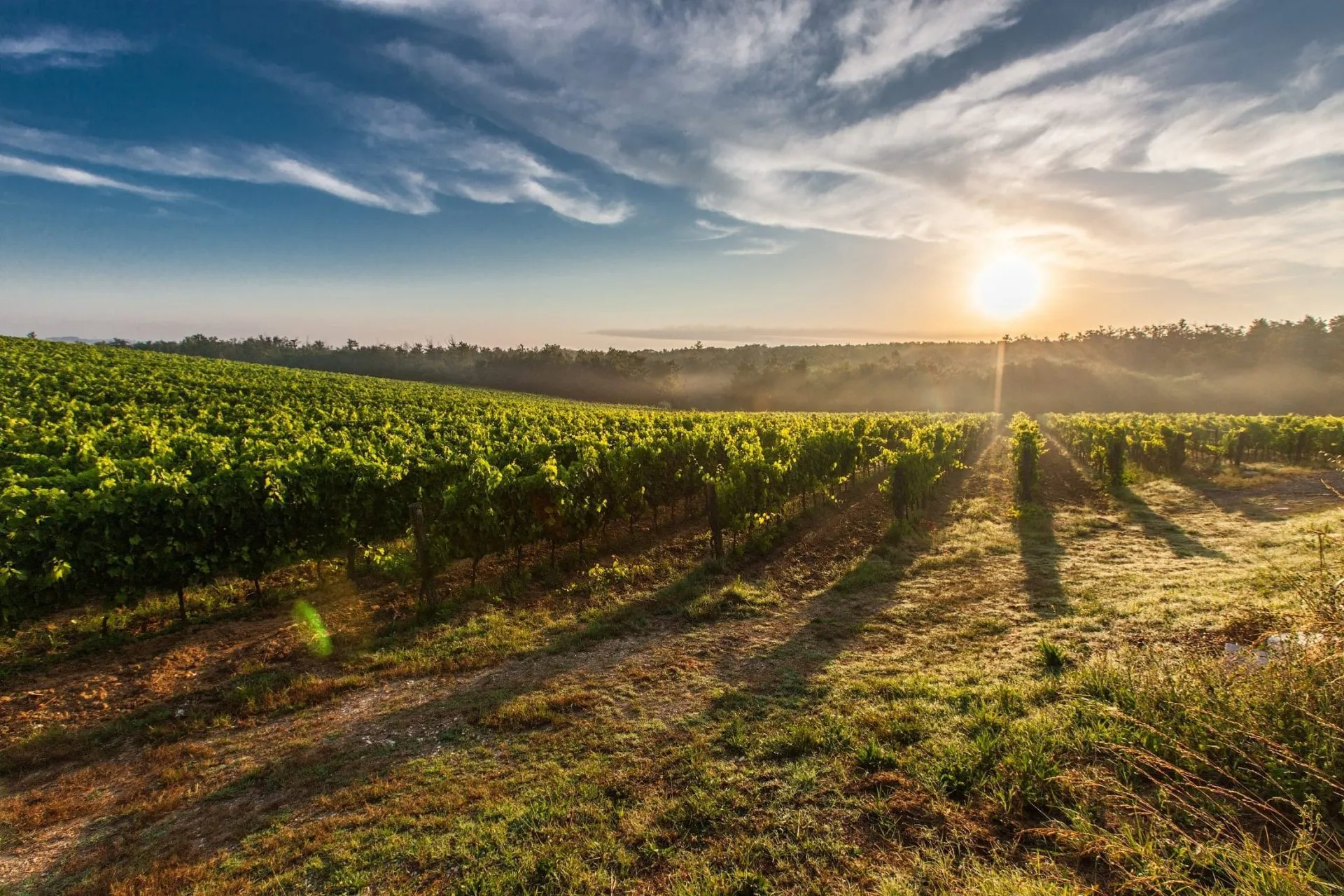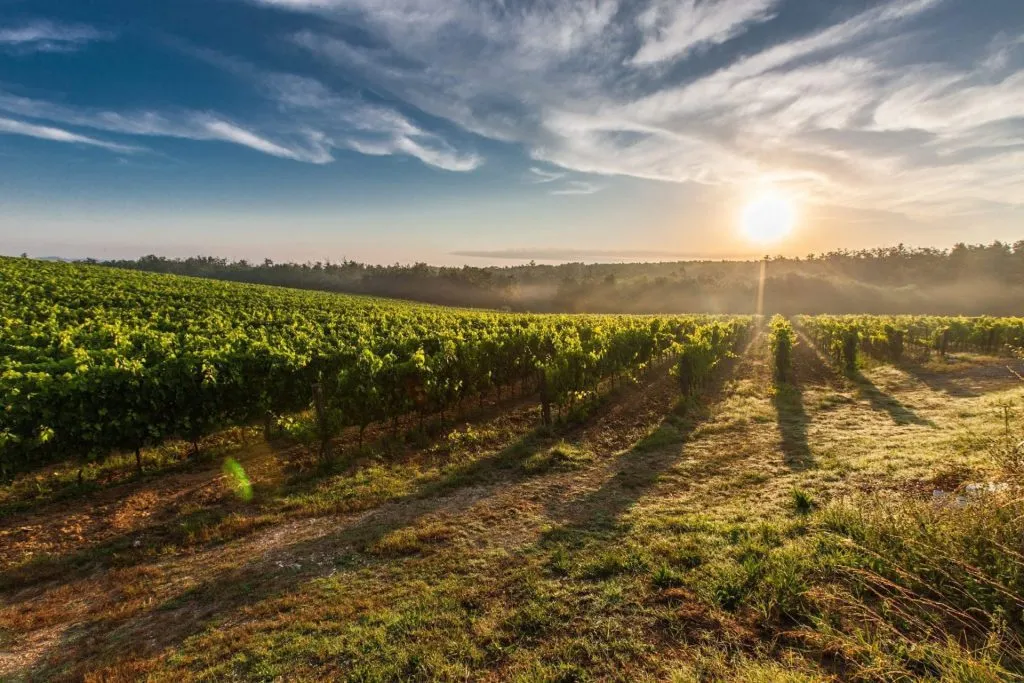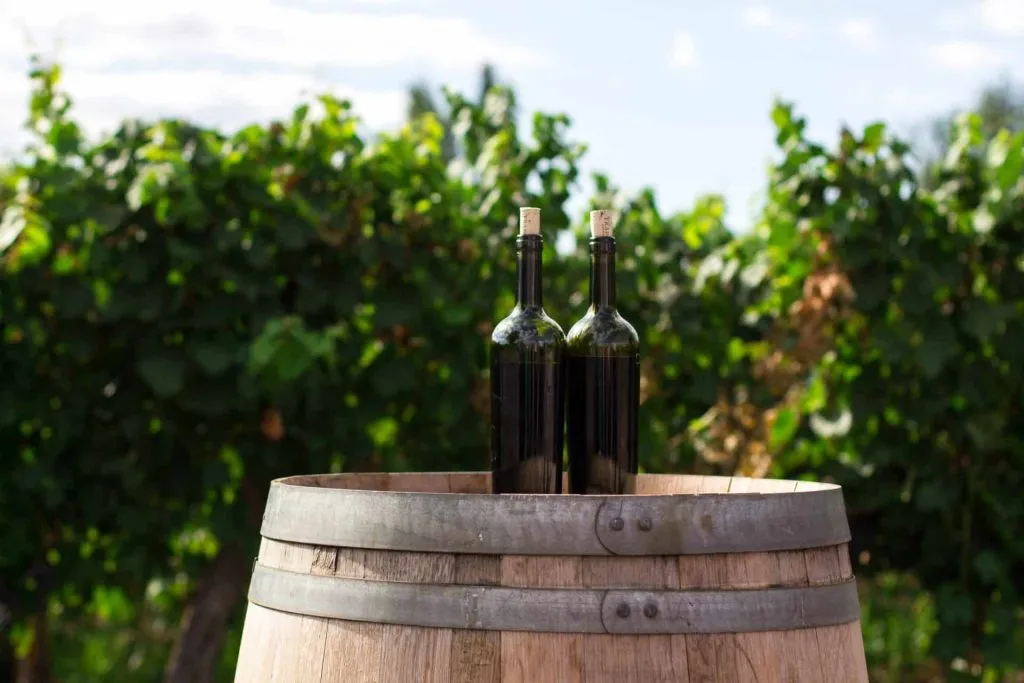So you’ve decided to check out what’s behind Slovenia’s great wines. Fantastic thinking! Slovenia’s wine regions are as captivating as they are diverse. So we’re extremely sure you’re going to have a wonderful time experiencing them.
Slovenia offers three wine-growing regions: Primorska (Littoral Region), Podravska (Drava Region), and Posavska (Lower Sava Region). Each one of these regions has its own selection of wine varieties because of their differences in soil or ground structure, climate, and cellaring methods—in other words, the way the wines are stored or aged.
If you’re touring Slovenia’s wine regions, here are some important facts that we’ve gathered for you before you head off.
Primorska Wine Region
You’ll never go wrong by choosing this wine region as your destination if you had to choose one from all three of Slovenia’s wine regions. It’s got the most diverse range of wines, and also the largest amount of Slovenia’s wineries per area of land. In fact, it produces up to 30% more wine than the Podravska region (Slovenia’s largest wine region).
The wine region of Primorska is also Slovenia’s most internationally renowned as it’s the most developed of all three. It lies to the west of Slovenia, bordering Italy and the sea (hence the name Primorska, which means ‘near the sea’). Its proximity to Italy means a wealth of Italian influence. So not only does this region benefit from large amounts of sun and a Mediterranean breeze, it also borrows some winemaking habits and traditions from Italy.
Primorska’s Four Sub-Regions
The Primorska wine-growing region comprises four sub-regions, each having its own distinct characteristics. These sub-regions are Goriška Brda, Vipava Valley, Karst, and Slovenian Istria.

Goriška Brda
In the north sees lots of rain and the region’s opoka soil gives a pleasant minerality to its wines. This opoka soil (aka flysch) is considered one of the best because it contains many layers of sand, sandstone, and marl. The vines are able to drive their roots between these layers towards water and mineral supplies, which make their way into the grapes and wine. This type of soil is also characteristic of Vipava Valley and Slovenian Istria.
The Vipava Valley
The Vipava Valley is characterized by the strong bora wind that blows cold, dry air from the northeast. Even though strong winds can be damaging, Vipava Valley winemakers have learned how to bring out their most positive effects. One example is that winds cause rain or dew to dry more quickly, thus reducing the risk of fungal infection in the vines.
Karst
A harsh climate prevails, with its cold windy winters and hot dry summers that often experience long periods of drought. The type of soil here is an intense dark red, known in Italian as ‘terra rossa’. It is a clay-like silty soil that is known for transmitting unique flavors and characteristics to its wines.
Slovenian Istria
Finally, there’s the coastal area of Slovenian Istria, where the sun shines through most of the year. And what can be better for vines and their grapes than the glorious grape-ripening sun?
Primorska Wines
The entire Primorska region is generally known for giving us strong, dry wines. And though white wines are more predominant in Primorska, this region produces most of Slovenia’s red wines. Goriška Brda is known for its white Rebula, as well as Chardonnay, Pinot Blanc and Pinot Gris; with reds being mainly Merlot and Cabernet Sauvignon. The Vipava Valley is becoming even more synonymous with its white indigenous grape varieties Zelen, Pinela, and Klarnica, in addition to the other established white and red wines. The Karst is certainly one and the same with the rich red wine Teran, which pairs excellently with prosciutto. And Slovenian Istria has its Refošk (Refosco), which is the king of wines in the area, with other wines produced here being the red Merlot, Cabernet Sauvignon, and Cabernet Franc, and the white Malvasia, Chardonnay, Rebula, and Rumeni Muškat.

Podravska Wine Region
Located in northeastern Slovenia on the border with Hungary and Croatia, the Podravska wine region is the largest of the three. It’s named after the famous Drava River that flows through Italy, Austria, Croatia, and Hungary, and eventually joins the Danube River.
Covering almost 10,000 hectares, the region is divided into two wine-growing sub-regions: Štajerska (Slovenian Styria) and Prekmurje (Slovenia’s most northeastern corner). When you visit this region, take some time to stroll around the beautiful vineyards that cover this distinctly hilly landscape. Soon, you’ll also notice another characteristic of the region: the vineyards are positioned vertically.
Most of the region’s soil is composed of carbonate rock and clay, which is a very positive foundation for growing vines. Due to the soil, the wines are distinctly varietal, with many being superior in quality.
Did you know that the first Slovenian sparkling wine was made here in 1852? And also that the oldest vine (known as Stara Trta) in the world grows here—in the old centre of Maribor to be exact.
Podravska Wines
Although the Podravska region is divided into two wine-growing sub-regions, they both offer similar wine varieties. The entire region produces mainly white wines, such as Laški (Italian) Riesling, Renski Rizling, Šipon (Furmint), Chardonnay, Pinot Gris, Sauvignon, Pinot Blanc, Traminer, Muskatel (Yellow Muscat). Among the red varieties that you can find here are Pinot Noir, Modra Frankinja (Blue Franconian), and Žametna Črnina (Black Velvet).
Sparkling wines are produced in the Radgonsko-Kapelske gorice hills of the Štajerksa district. And in the Prekmurje region, you can also taste the excellent sweet late-harvest wines of top German wine classification (Prädikatswein), that are produced from indigenous varieties such as Ranina.
Posavska Wine Region
This region in southeast Slovenia named after the Sava river has a rich wine-growing tradition, despite it being the smallest of the three wine-growing regions. It is the point where the sub-Pannonian and alpine climates meet causing temperatures to fluctuate a lot. Three districts make up this region: Bizeljsko – Sremič, Dolenjska, and Bela Krajina.
Posavska is renowned for its special wine-growing features: Winemakers here usually own small cottages that form part of their vineyard, which they keep as wine cellars and places for hosting parties. Some even use them to provide accommodation to guests. So this could add some spice to your Posavska wine experience. Other Slovenian winemakers have dug their cellars (repnice) directly into the ground. They once served as storage for turnip (hence the name, as turnip is ‘repa’ in Slovene), but are now used to store wine.
Posavska Wines
You’ve probably heard of Cviček. This special blend of white and red wine with low alcohol content is this region’s specialty. The Slovenes from this area are ever so proud of their unique blend. You can find Cviček all over Posavska. However, the one with the recognized traditional denomination is only produced in Dolenjska.
Have you heard of Metliška črnina? This red blend is for the locals of Bela Krajina what Cviček means for the people of Dolenjska.
Other wines produced in Posavska are red varieties Žametna Črnina (Black Velvet), Modra Frankinja, Blauer Portugieser, Pinot Noir, and white wines like Chardonnay, Sauvignon, Italian Riesling, and Pinot Blanc.

…
Now that you’ve had the opportunity to learn all the important facts about Slovenia’s three wine-growing regions, you’re good to go and explore them. You could either opt to take a guided tour and let the experts lead the way and hand down their knowledge, or discover Slovenia’s wine regions on your own.
Have a good trip around Slovenia’s wine regions, and prepare to be enthralled.












